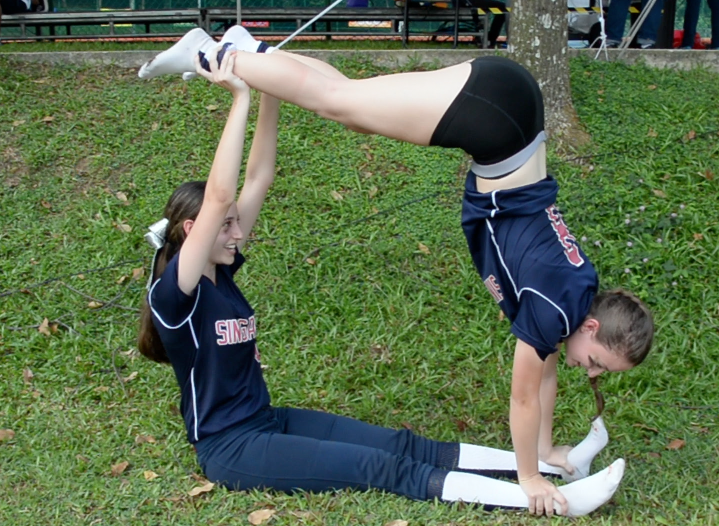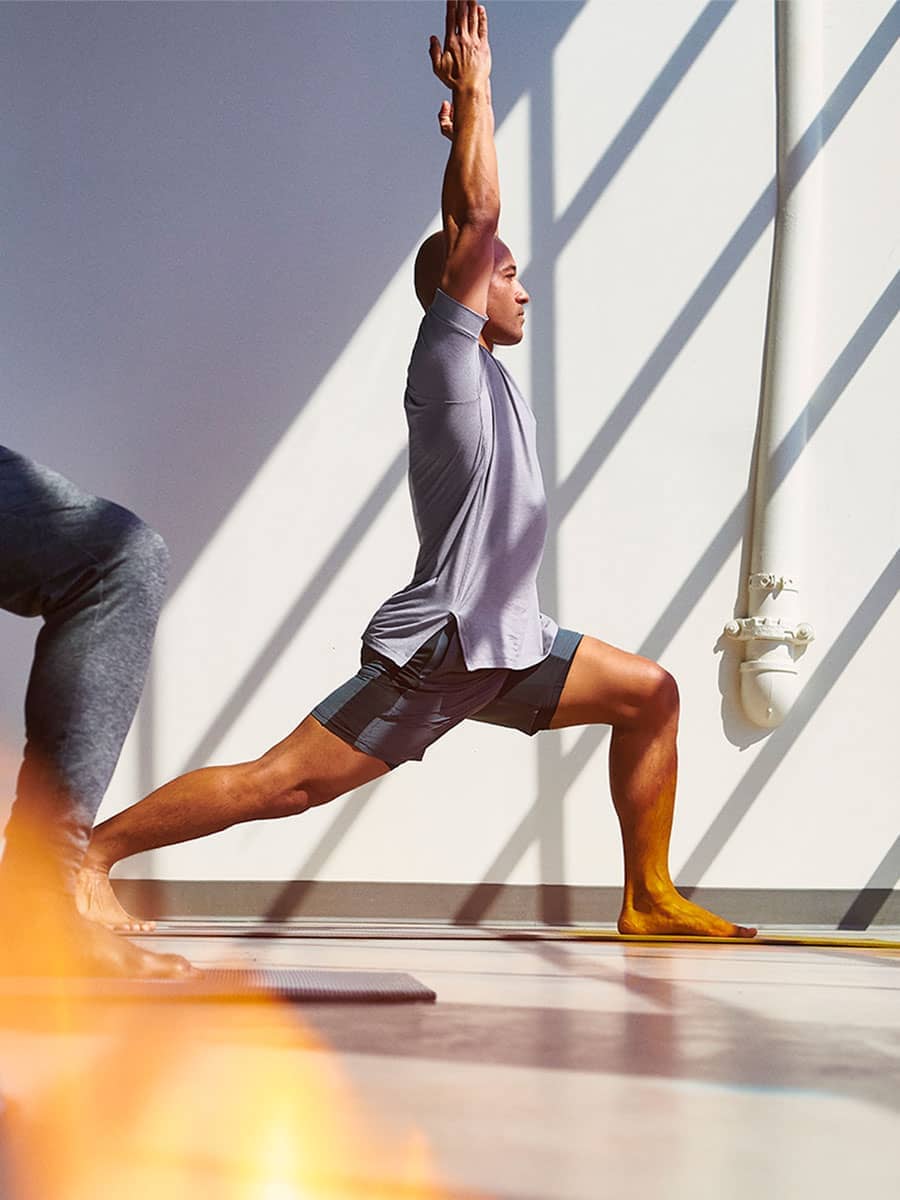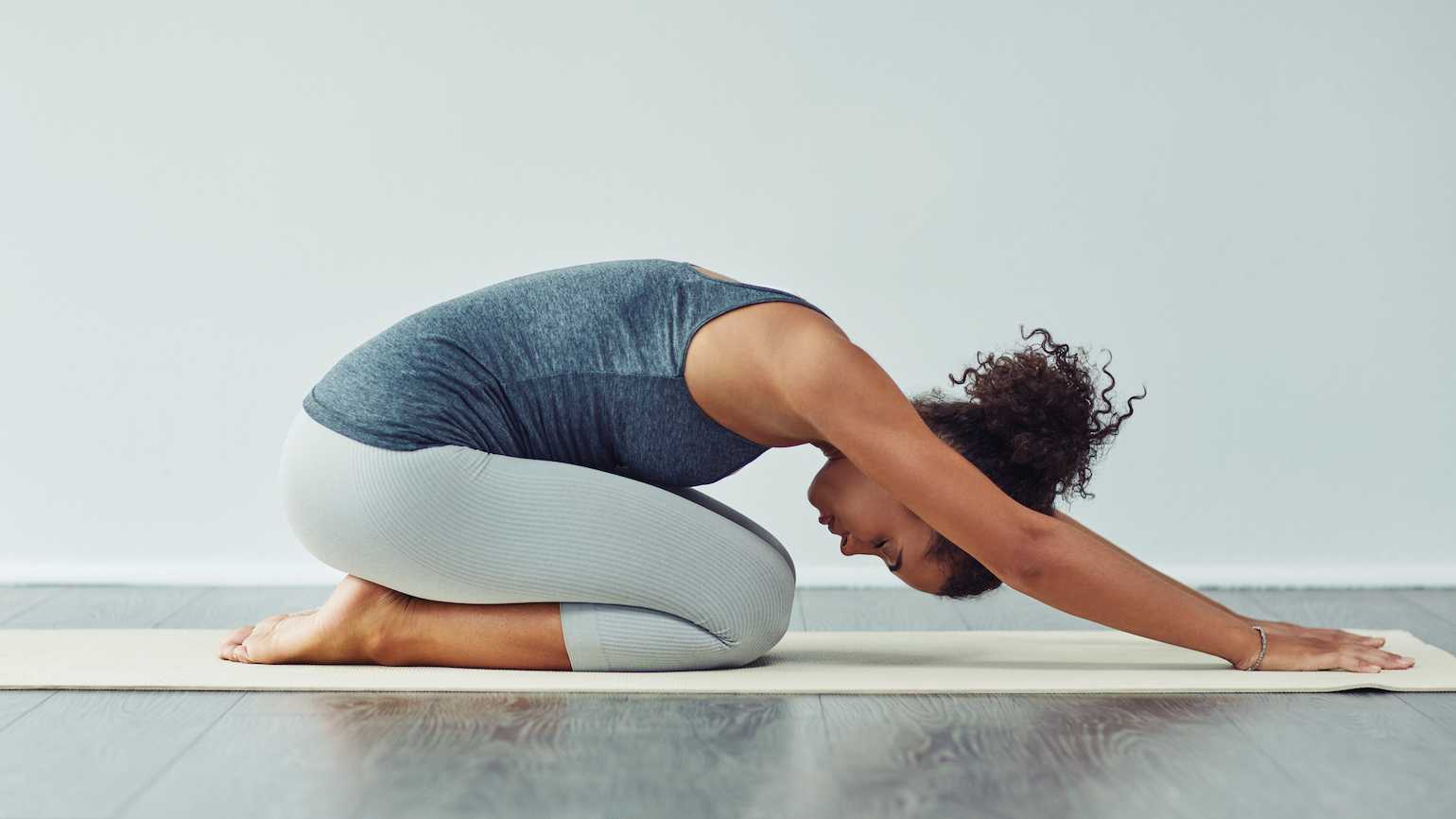
Yoga practice daily can help you manage stress and increase your energy levels. It improves your posture as well as reduces cortisol. This is one of stress hormones. Daily yoga practice can stimulate your mind-body connection, and help you cope with difficult emotions. You can reduce your heart rate by adding yoga to your daily routine. This will help you be more flexible, and less stressed.
Improves mood
A daily yoga practice can improve your mood and your overall health. These are not only well-documented benefits. Yoga practices have been shown to lower cortisol levels, and improve feelings of well-being. In addition, they decrease feelings of stress and anxiety.
Improves posture
Correct posture can have a significant impact on your overall health and well-being. Your mood and energy levels are affected by your posture. Many people suffer from poor posture and end up developing bad habits as a result. To correct your posture, you must be aware of your body. This includes learning to stand straight and being aware of your surroundings. This is possible with yoga.

Improves energy levels
Daily yoga practice is good for your health and can help you feel more energetic. It improves cardiovascular and endorphin levels. Performing yoga can also help you improve your mood and focus.
Reduces stress
Regular practice of yoga trains the parasympathetic nervous system, which is crucial to the regulation of stress. It lowers stress hormone levels and increases heart rate variability. This is a sign of your body's tolerance to stress. It has been proven that regular yoga practice can reduce stress tolerance in just a few weeks. Proper breathing is the key to connecting with the body, and reducing stress.
It improves blood circulation
There are many benefits to daily yoga, including improved blood circulation. Blood circulation is crucial for the well-being and health of our organs, as well the skin. It reduces blood pressure and helps eliminate waste products. Regular yoga improves the red blood cell count, which carries oxygen throughout the body. Low red blood cell count can lead to anemia and lower energy. Moreover, increased blood circulation can increase the amount of vitamins our bodies have. These vitamins include antioxidants as well other vital components for our health.
Improves skin
Yoga helps your skin stay cool. This can be especially useful if you experience heat boils and irritation. Start with Padahastasana, the easiest pose in yoga. This is a standing pose that requires you to bend down and touch your feet with your hands.

Enhances your relationships with others
Daily yoga practice can have a positive impact on the relationships between people. It helps practitioners become more self-aware and reveal aspects of their personality and character they didn't know existed. This can help you build better relationships with those you care about as well as improve your own relationships.
Reduces migraine symptoms
Regular yoga practice can ease the pain of migraine headaches. It increases blood flow to the brain and reduces tension in the upper body. In addition, it can be done anywhere and at any time. Try calming breathing exercises like the Bridge Pose, where you lie down on your side with your eyes closed. You then breathe deeply. It increases oxygen levels in your brain.
FAQ
Who would the most benefit from practicing yoga?
People who seek to improve their quality and health through yoga are their target market. People who wish to improve their posture, flexibility, and balance.
They may also be interested in losing weight or gaining muscle mass. They might also be interested in reducing stress and anxiety and achieving peace of mind.
Asthma, diabetes, arthritis, back problems and asthma are all possible disabilities. These people are especially benefited by yoga.
How long does it take to learn yoga?
Yoga is a lifelong endeavor that requires dedication as well as patience. The truth is that everyone has his/her own pace when learning new things.
Accordingly, it doesn't matter how old you are. With enough commitment and hard work, you can master any yoga routine.
How does yoga impact mental health?
Yoga originated in India and is an ancient form of meditation. It was first used to reduce stress and relax. Today, many people use yoga to help them cope with depression, anxiety, panic attacks, insomnia, chronic pain, and other conditions.
Yoga may help relieve symptoms such as arthritis, backaches, headaches, high bloodpressure, and arthritis. Yoga has been reported to make people happier and more calm.
Is yoga safe for everyone?
Yoga is safe and accessible to all ages, genders. Yoga has been used for thousands of years with no side effects.
You should consult your doctor if there are any health conditions you may have before beginning an exercise program.
Statistics
- About one in seven U.S. adults practiced yoga in the past 12 months, according to a 2017 national survey. (nccih.nih.gov)
- A 2020 review of 27 studies (1,805 total participants) of yoga interventions in children or adolescents found reductions in anxiety or depression in 70 percent of the studies, with more promising results for anxiety. (nccih.nih.gov)
- In comparison, a 125-pound person is estimated to burn 135 calories in 30 minutes of walking (at a pace of 15-minute miles) and 210 calories bicycling at a moderate pace on a stationary bike. (everydayhealth.com)
- According to the Agency for Healthcare Research and Quality, falls are incredibly common among older adults in nursing facilities. Even the simplest ones can increase the risk of death (24). (healthline.com)
- The people in the yoga group were 37 percent more likely to have quit smoking by the end of the 8-week program. (nccih.nih.gov)
External Links
How To
Is yoga a good workout?
Yoga isn't just for people who want to lose weight. It can also help you achieve flexibility, balance, coordination and strength.
Yoga isn't just exercise, but an art form. The poses are used as a way to relax and meditate. They improve posture, concentration, and respiration.
A "yogi" is someone who practices yoga. Yogis follow various forms of yoga, including Hatha, Ashtanga, Iyengar, Vinyasa, Bikram, Kundalini, Yin Yang, and Restorative.
There are many types of yoga, but they all have similar goals. Each style focuses on different aspects. Yoga styles include Hatha, pranayama (meditation), and pranayama (pranayama).
These yoga moves don't require any equipment
-
Sun Salutation-This series of 12 poses starts with a forward bending, followed by 10 different positions.
-
Warrior Pose: While holding a stick, or staff, you can do a warrior pose.
-
Triangle Pose-This pose requires you to lift one leg behind you while bending at the knee.
-
Standing Forward Bend - This pose is performed by sitting on the floor with legs straight and then folding forward at the waist.
-
Seated Twist: This is a pose that can be done while seated on a mat or in a chair.
-
Cobra Pose - This pose is performed lying flat on your back with arms overhead.
-
Child's Pose: This is a pose where the child lies face down on the ground.
-
Cat/Cow Pose - This pose combines a cat and cow pose. Place your upper body on the ground and lie down. Roll over on your back and place your hands underneath your shoulders.
-
Head Tilt: This is when you tilt your head back and keep your eyes closed.
-
Shoulder Stand: This is when you stand straight with your feet up and your arms extended above your head.
-
Tree Pose – This pose involves kneeling on your heels with your hands beneath your shoulders.
-
Bow Pose- Bend forward from your hips into bow pose and place your hands on to the ground.
-
The corpse pose is held for five to ten minutes.
-
Mountain Pose – This is a pose known as mountain pose. Your spine should be straightened and you must stand tall.
-
Legs Up the Wall Pose - This pose is executed by hanging upside-down from a wall.
-
Side Angle Pose: This pose involves leaning against a wall, putting your right hand next to the wall, and then extending your left arm.
-
Plank Position – This is when you lay flat on your stomach, extend your left arm out and place your right foot in front of each other.
-
Bridge Pose – This is a pose where you balance on your elbows, and toes.
-
Reverse Table Top Poses - To achieve this pose, lie on your stomach while reaching your arms toward your ceiling.
-
Handstand - This requires strength and balance. Hold yourself in between two walls or use a door frame to do this pose.
-
Half Moon Pose also known as Hero Pose. It is performed by standing on your hands and toes.
-
Headstand (or Handstand), - This pose requires great balance and strength. You can do this pose on a wall (or using a doorframe).
-
Forearm Balance - This pose is performed on your forearms resting on a tabletop.
-
Spinal Twist – This position is where you lie on your stomach while reaching for your arms.
-
Supported Bound Angle Pose - This pose requires balance and support. To lean on a sturdy object, such as a tree trunk or an old beam, you'll need one.
-
Wide Leg Forwardfold - To achieve this pose, spread your legs apart while touching your toes.
-
Single Pigeon Pose: This is a variation of the forward-folding wide-leg position, but with only one leg.
-
Extended Puppy Dog Pose: This is a very relaxing pose. You can do this by extending your legs and bending your knees.
-
Standing Forward Bend - This is a pose where you are seated cross-legged, stretching your calves and hamstrings.
-
Crow Pose is a difficult pose that can be very rewarding once you have mastered it. This is achieved by elevating your arms above your head, and then lowering your arms until they are parallel to the ground.